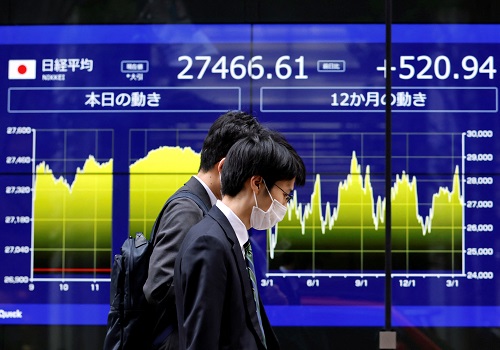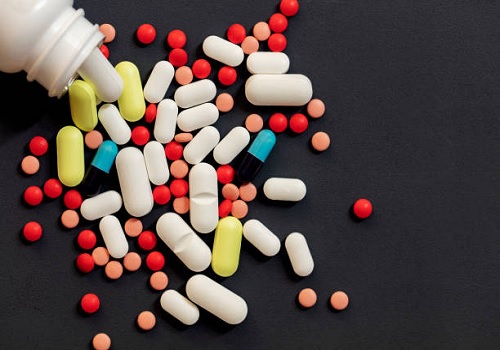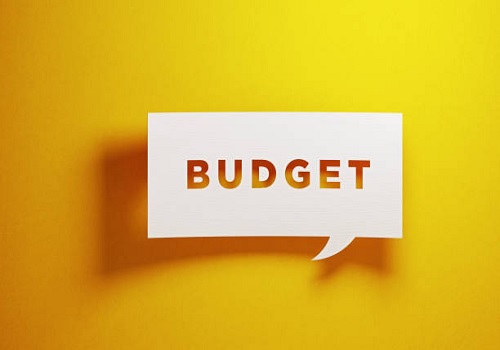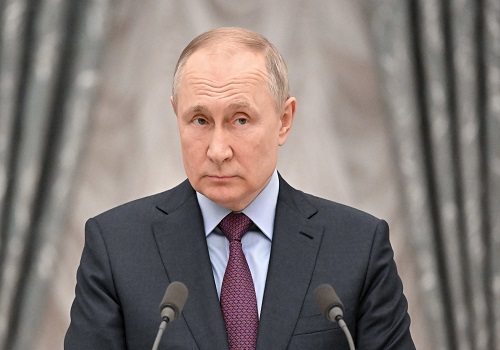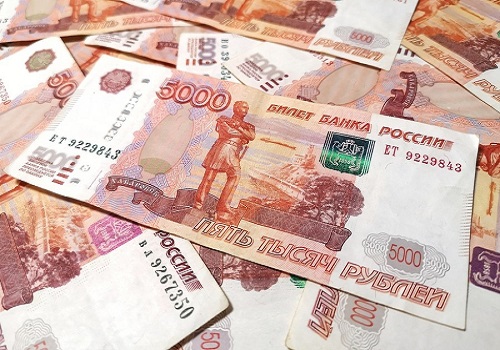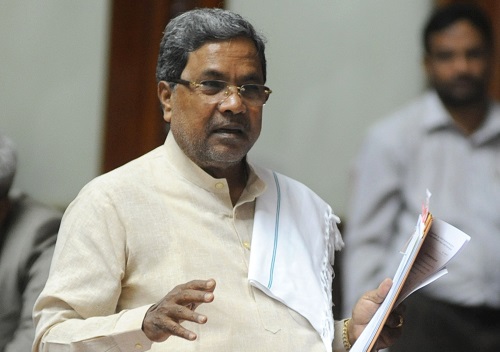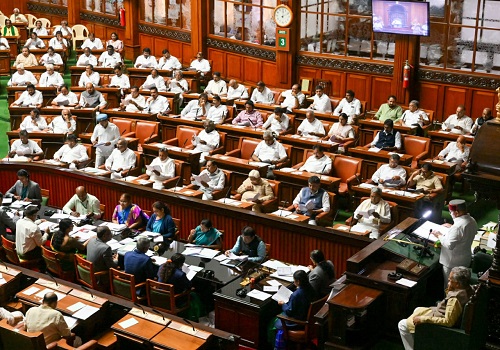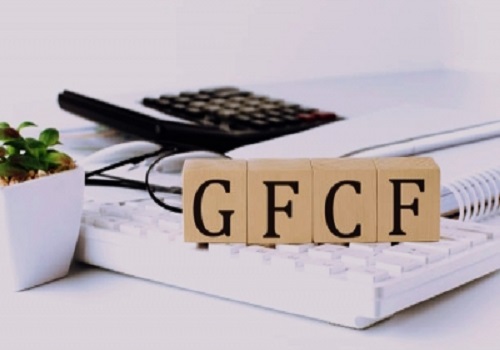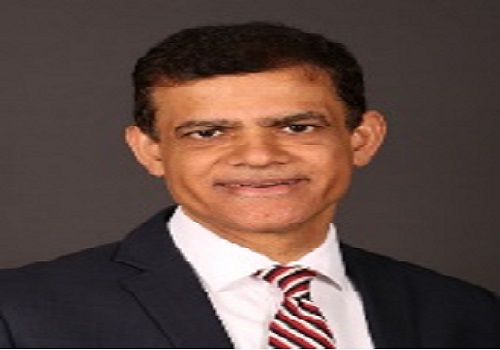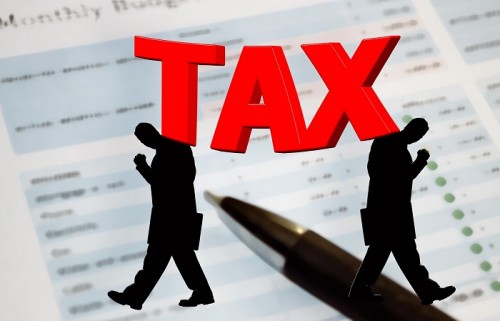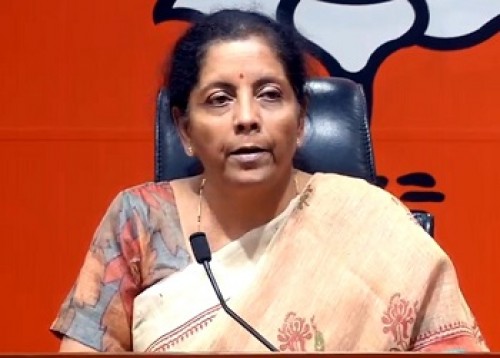Tight finances: Tamil Nadu budget FY23 may be reformatory

Follow us Now on Telegram ! Get daily 10 - 12 important updates on Business, Finance and Investment. Join our Telegram Channel
With the ruling DMK party trouncing the opposition in the local body polls, the Tamil Nadu government may get into a reform mode to beef up its revenues, prune down its expenses, debt, interest outgo and others.
As a matter of fact, State Finance Minister Palanivel Thiaga Rajan had earlier said the financial problems of the state can be corrected with "once in a generation" reforms and business as "usual approach" cannot continue.
"The upcoming Tamil Nadu budget can be reformatory in some aspects. They can roll back petrol price reduction citing the international hike in crude oil prices. The other welfare measures can be met comfortably as one time cash payments like the Covid-19 relief will not be there," Dr Gowri Ramachandran, an Economist told IANS.
Last year, the government reduced the price of petrol by Rs 3/litre resulting in a revenue loss of Rs 1,160 crore per annum.
Incidentally, Rajan had ruled out any reduction in the tax rates on the petrol/diesel as it would reduce the state's revenue by about Rs 1,050 crore.
A major share of the state government's revenue goes towards salaries and pensions of its current and past employees respectively. The interest burden is also high, she pointed out.
As per the FY22 budget papers, the state's revenue receipts is estimated at Rs 2.02 lakh crore. The expenditure on account of Subsidies and Transfer for FY22 was estimated at Rs 1,14,632.71 crore.
Tamil Nadu is one of the debt laden states with its borrowing as on March 31, 2022, standing at Rs 5,77,987 crore.
The credit rating agency Care Ratings, in a recent report, said that Tamil Nadu has borrowed a sum of Rs 62,400 crore between April 8, 2021 and February 22, 2022.
In order to have a steady source of finance, the Tamil Nadu government wants the Goods and Services Tax (GST) compensation regime to be extended till June 6, 2024 from June 30, 2022.
In his maiden budget speech Rajan said the government has plans to borrow Rs 92,484.50 crore during FY22.
The expense towards interest payment and servicing of debt for FY22 was estimated at about Rs 44,700 crore.
During the past 10 years, instead of borrowing for capex, the state borrowed to pay the salaries of government employees and pay back old debt by fresh borrowings, Rajan had said.
Ahead of the state budget for FY22, presenting a White Paper on the state government's finances, Rajan said the financial problems of the state can be corrected with "once in a generation" reforms and business as usual approach cannot continue.
"Some of the corrective measures which need to be taken are well known. For further measures, the process of consulting experts and stakeholders is already ongoing," he added.
The period since 2012-13 has seen a continuous increase in the overall debt level of the state government and that has now reached almost 25 per cent of Gross State Domestic Product (GSDP) which was the limit prescribed by the 14th Finance Commission.
According to the White Paper, Tamil Nadu has lower tax rates than many states leading to the continued loss in revenues.
The proportion of Commercial Taxes to GSDP declined reaching 4.49 per cent in 2019-20 and 4.19 per cent in 2020-21.
Number of vehicles registered in Tamil Nadu is higher than in the neighbouring states, but the total revenue as motor vehicle tax has not kept pace since the tax rates have not been revised in the past 15 years.
States like Maharashtra collected much larger sums annually as electricity tax, since the existing rates of tax on electricity are lower in Tamil Nadu.
With the increase in subsidies, urgent measures for improving the targeting and re-orientation of subsidies and cost effectiveness of alternative means of delivering the intended financial assistance to the stakeholders could also be explored, Rajan said.
The White Paper said it is critical to enhance property tax collection especially for Urban Local Bodies. A large potential of tax collection is left untapped even after more than 25 years of local self-governance.
According to Ramachandran, people in Chennai are relatively prompt in paying the water and property taxes online. Similar steps are to be taken in other cities and towns.
"The tax collection mechanism in the smaller towns should be activated," she added.
As regards the welfare measures, Ramachandran said people want hot cash instead of consumer durables like mixer grinder, fans and others.
"Cash if deposited in the beneficiaries bank accounts will come back into circulation for economic growth. Again the government can also look at providing healthy food items through public distribution like pulses/millets free of cost instead of other freebies," she added.
Meanwhile, the state government has set up a special task force (STF) to reconcile, identify and access the funds of the government departments/government run societies/statutory institutions/local bodies kept outside the Treasury. The government is also moving towards data centric governance.
The STF has tracked a sum of Rs 1946.31 crore that can be immediately remitted back to the Government Account.
In order to put an end to idle non-utilisation of funds in the future, Rajan had said direct disbursal of funds from the government treasury to the beneficiaries - pensioners, government servants receiving salaries, recipients of scholarships and of final payments for works and supply of goods and services - through the Integrated Financial and Human Resources Management System (IFHRMS) will be implemented.
On the subject of non-tax revenues, Rajan said there are many opportunities to raise more revenues through non-tax receipts like royalty on mines and minerals, interest receipts and other fees and charges levied by the government. This is a source of revenue underutilised due to both non-levy and leakage.
As per the White Paper reforms/restructuring in state government undertakings, statutory boards, power utilities, mobilisation of tax revenues, mode of subsidy deliveries are on the cards.
Former AIADMK MP and MLA K.C. Palanisamy had said the DMK government may get into reform mode after the local body polls.



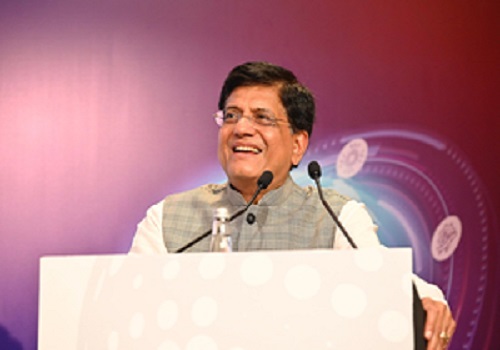

.jpg)







